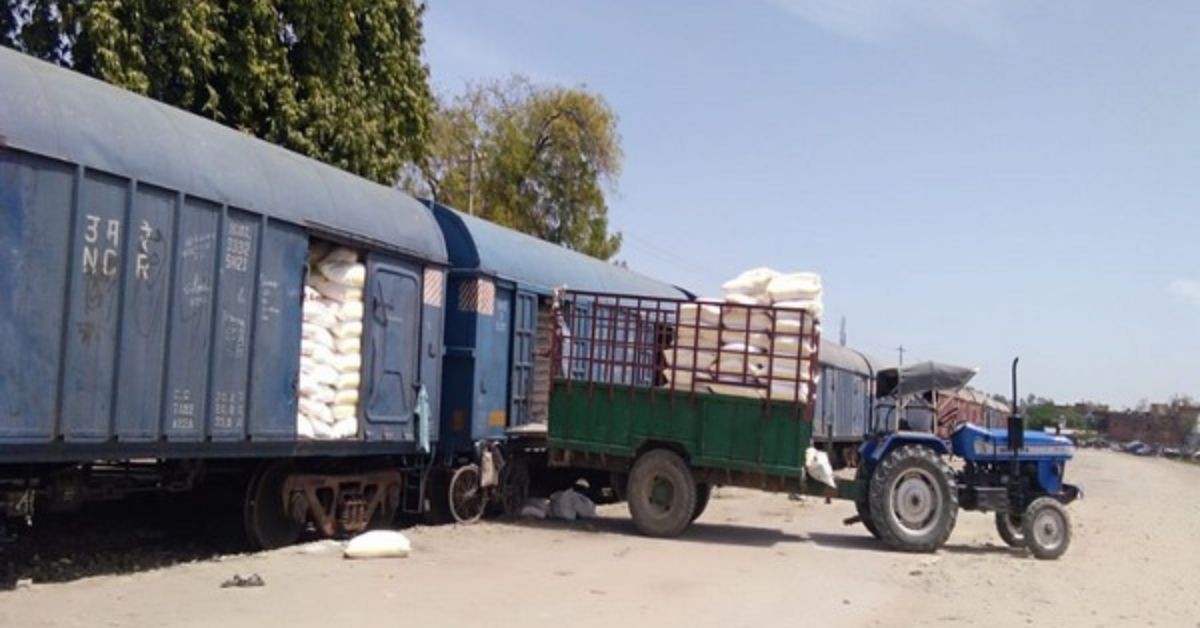The Waltair Division of Indian Railways has recorded its best-ever performance in the first half of the 2025–26 financial year, achieving new highs in freight loading, operational efficiency, and passenger services. The division’s performance indicators reflect strong double-digit growth across key parameters, driven by strategic planning and an unwavering focus on service excellence.
Divisional Railway Manager (DRM) Lalit Bohra said the division delivered exceptional results between April and September 2025, with significant gains in both freight and passenger segments. Daily freight loading rose by 10.78%, while freight earnings increased by 12.18% over the same period last year. Overall, divisional loading grew by 10.9% compared to FY 2023–24.
Iron ore movement remained a key growth driver, with KRDL–BCHL iron ore loading touching 12.79 million tonnes, marking a 21.69% rise. The division also achieved notable improvements in turnaround efficiency and operational reliability, with cumulative loading reaching 39.18 million tonnes year-to-date.
Long-haul train operations showed robust progress, with 905 trains formed during the period, while network utilization climbed to 23,711 million NTKM, a 9.64% increase. Iron ore alone contributed to an additional ₹800 crore in freight revenue, representing a 20.68% jump over the previous year.
Under the Amrit Bharat Station Scheme, Waltair Division is implementing a comprehensive modernization plan across 15 stations, introducing upgraded amenities such as climate-controlled waiting halls, baby feeding rooms, premium lounges, and enhanced platform connectivity. These initiatives aim to improve passenger comfort, accessibility, and service standards.
Between April and September, the division operated 121 special trains, serving over 1.5 lakh passengers, while adding more than 3,300 coaches to handle peak festive travel demand. Passenger revenue during the period touched an all-time high of ₹426 crore.
In terms of safety and security, the division has expanded surveillance through CCTV networks, drone monitoring, and body-worn cameras for Railway Protection Force (RPF) personnel. It has also intensified social and safety initiatives such as Meri Saheli, Nanhe Fariste, and Mission Narcotics to ensure passenger welfare.
Modern passenger facilities—including digital ticketing counters, multilingual information systems, and dedicated assistance desks—have been introduced across major stations, further strengthening the division’s service infrastructure.









